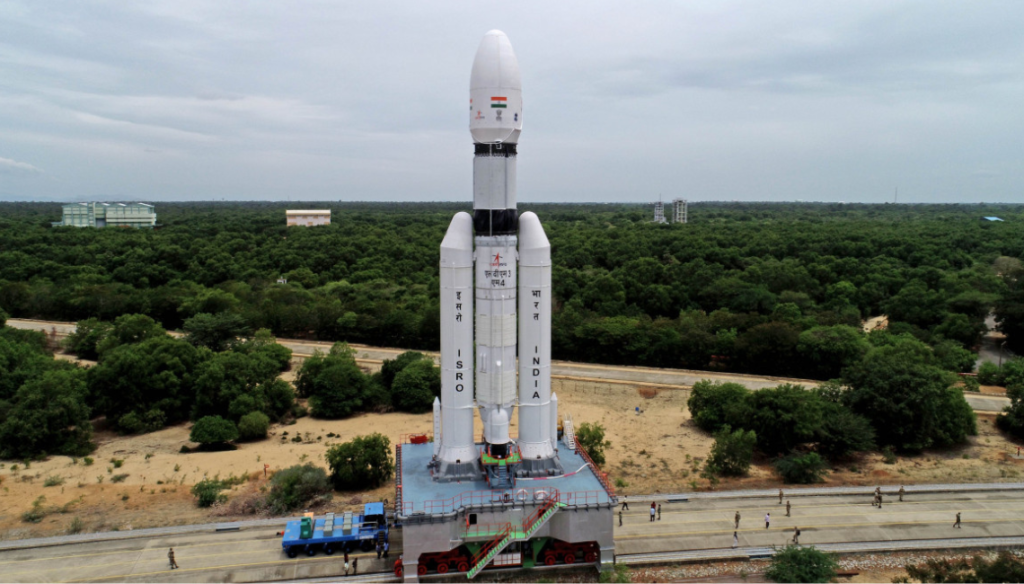Soon, the timer will start the countdown to India’s third lunar mission.
India’s third attempt at a moon mission, Chandrayaan-3, is scheduled for launch on July 14. The countdown will commence at 1:05 p.m. on Thursday, according to a senior official from the Indian Space Research Organisation (ISRO). The spacecraft will be carried by the 642-ton LVM3, India’s heavy-lift rocket. At 2:35 p.m. on July 14, the three-stage LVM3 rocket will lift off from Sriharikota rocket port in Andhra Pradesh.
During the countdown, the rocket’s liquid and cryogenic stages will be fueled, and the rocket systems will be checked. The first stage of the rocket is powered by solid fuel, the second stage by liquid fuel, and the third stage consists of a cryogenic engine powered by liquid hydrogen and liquid oxygen. At about 16 minutes into the flight, the rocket will release the Chandrayaan-3 spacecraft at an altitude of approximately 179 km.

Following the launch, the Chandrayaan-3 will embark on a journey of around 384,000 km to reach the moon. The lander, carried by the spacecraft, is expected to make a soft landing on the lunar surface on August 23 or 24. The Chandrayaan-3 spacecraft consists of a propulsion module weighing 2,148 kg, a lander weighing 1,723.89 kg, and a rover weighing 26 kg, as stated by ISRO.
The primary objective of the Chandrayaan-3 mission is to safely land the lander on the moon’s surface, after which the rover will conduct experiments. The propulsion module will remain active for three to six months after ejecting the lander, while the lander and rover have a mission life of 14 earth days or 1 lunar day.
The payloads onboard the mission include the Spectro-polarimetry of Habitable Planet Earth (SHAPE) payload in the propulsion module to study Earth’s spectral and polarimetric measurements from the lunar orbit. The lander carries payloads such as Chandra’s Surface Thermophysical Experiment (ChaSTE) to measure thermal conductivity and temperature, the Instrument for Lunar Seismic Activity (ILSA) to measure seismicity, and the Langmuir Probe (LP) to estimate plasma density. The rover will carry the Alpha Particle X-ray Spectrometer (APXS) and Laser Induced Breakdown Spectroscope (LIBS) to analyze elemental composition near the landing site.
The moon mission is divided into three phases: the Earth-centric phase, the Lunar Transfer Phase, and the Moon-centric phase, with various maneuvers and operations involved in each phase. The launch of Chandrayaan-3 marks the fourth operational flight of the LVM3 rocket, which has a successful track record of six consecutive missions.
Compared to the lander involved in the failed Chandrayaan-2 mission, the current lander has undergone some modifications, including a reduction in the number of motors from five to four, along with software changes. However, ISRO has not disclosed the names of the lander and rover for this mission.

